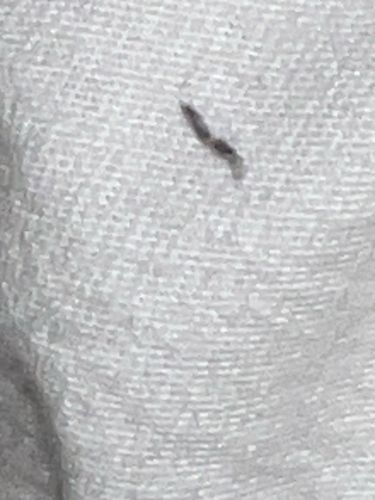Household Casebearer Moth
Scientific Name: Phereoeca uterella (or similar Tineidae species)
Order & Family: Lepidoptera, Tineidae
Size: Larvae: up to 10-15 mm long with their case; Adult moth: wingspan of 10-14 mm.

Natural Habitat
Commonly found indoors in homes, museums, and other buildings. They prefer dark, undisturbed areas such as closets, attics, under furniture, or in corners where lint and dust accumulate. Outdoors, they can be found in sheltered areas where insect webs or detritus are present.
Diet & Feeding
The larvae feed on natural fibers such as wool, silk, fur, feathers, and lint, but also on spiderwebs and insect detritus. They can also feed on synthetic materials if they have food residues. Adult moths do not feed.
Behavior Patterns
Larvae spin silken casings to protect themselves, often incorporating particles from their surroundings (like lint, dust, or sand). They move by extending their head and thoracic legs from one end of the case and dragging the case along. The adult moths are typically nocturnal, attracted to light, and are not strong fliers.
Risks & Benefits
Risks: Considered a pest due to its larval feeding habits, which can damage fabrics made of natural fibers, carpets, upholstery, and stored goods. They are not known to bite or transmit diseases. Benefits: As decomposers, they play a minor role in breaking down organic matter in their natural habitat.
Identified on: 8/31/2025